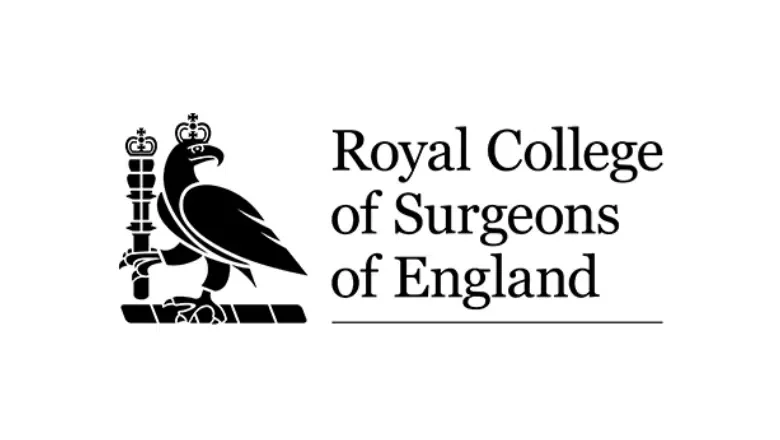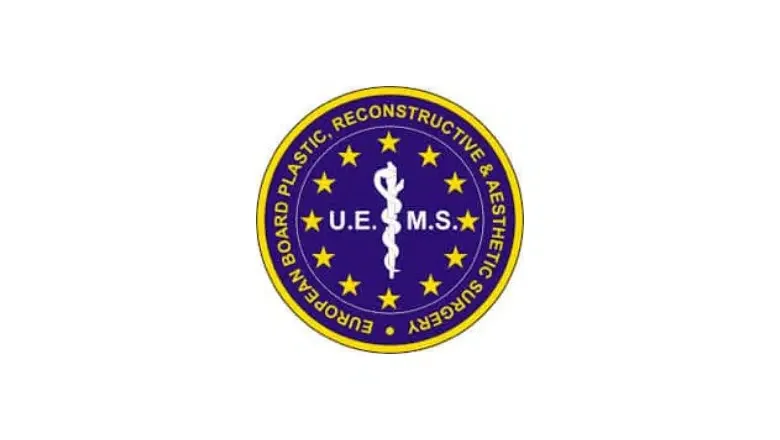One might be surprised to learn that gynecomastia, a condition that results in the swelling or enlargement of male breasts, isn’t only found among individuals experiencing puberty or those grappling with excess weight. Rather, it’s a condition that can manifest itself in diverse demographics, including some of the UK’s fittest men – the bodybuilders. This fact helps illuminate the wide range of triggers that could potentially lead to the onset of gynecomastia.
RELATED: Gynecomastia Surgery FAQs – Q&A about Male Breast Reduction
Although such a condition is often linked to hormonal imbalances that occur during adolescence or perhaps to the excess estrogen production related to obesity, a multitude of factors can contribute to its emergence. One such cause, which is particularly relevant in the case of bodybuilders, is the intake of certain types of medications or supplements.
Bodybuilders, who are known for their meticulous physical regimens and rigorous dietary habits, frequently rely on supplements to support their training objectives. This often includes the use of anabolic steroids to promote muscle growth and enhance performance. While these steroids can indeed deliver impressive results in terms of muscular enhancement, they also have a significant downside.
Steroids have a well-documented impact on hormone levels within the body, with some triggering an increase in the production of oestrogen – the female hormone that plays a key role in breast tissue development. Consequently, bodybuilders, despite their fitness and seemingly flawless physique, may find themselves dealing with the unintended side effect of breast enlargement.
RELATED: What is Bodybuilder Gynecomastia?
The paradox is indeed striking—individuals who spend countless hours sculpting their bodies to perfection become susceptible to a condition that gives their chests a less traditionally masculine appearance. However, it highlights the multifaceted nature of gynecomastia and emphasises the importance of understanding its wide array of potential causes.
While gynecomastia can certainly be a source of embarrassment or discomfort, it’s crucial to remember that help is available. Whether through lifestyle changes, the discontinuation of certain medications, or even surgical interventions, men dealing with this condition have multiple options to regain their confidence and restore their body image.
What is Gynecomastia?
Gynecomastia is a medical condition characterised by an unusual growth of glandular breast tissue in biological males. This condition, colloquially referred to as “man boobs” or “puffy nipple,” results from a hormonal imbalance that leads to an enlargement of male breast tissue. It’s important to differentiate gynecomastia from simple fat accumulation in the chest area due to obesity or lack of fitness, as gynecomastia specifically involves the development of glandular tissue, not just the accumulation of fat.
Gynecomastia can vary in severity, presenting itself in several different grades or stages. In its mildest form, gynecomastia may involve a small, localised increase in fatty tissue beneath the nipple. However, in more pronounced cases, it can lead to a more extensive growth of glandular tissue and fat in the chest area, causing the chest to sag and resemble a female breast in shape and size.
Gynecomastia alters the physical appearance of the chest and can also change its texture and sensation. The growth of glandular tissue, which is typically firmer than fat, can sometimes result in discomfort or sensitivity when touched. Additionally, the accumulation of fatty deposits in the chest can create a softer, more pliable feel and contribute to gynecomastia’s overall swollen or enlarged appearance.
Causes of Gynecomastia
Gynecomastia is a complex condition with a multitude of potential causes. While research into gynecomastia is ongoing, it is widely accepted that the main factor contributing to this condition is an imbalance in hormone levels, particularly between the male androgens and the female hormone oestrogen.
RELATED: What Causes Gynecomastia?
This hormonal fluctuation is commonly experienced during puberty, making younger males more susceptible to developing gynecomastia. However, it’s not solely a condition of adolescence. Ageing men can also experience these hormonal changes due to declining androgen levels, leading to an increased risk of gynecomastia.
In addition to hormonal shifts, there are other possible contributors to gynecomastia:
- Genetic Predisposition: Some men might inherit a genetic tendency towards developing gynecomastia. If a close male relative has experienced the condition, the chances of developing it may be higher.
- Weight Gain: Excessive weight gain can lead to increased oestrogen production, which in turn can stimulate breast tissue growth.
- Substance Use: Certain substances, including alcohol, marijuana, and anabolic steroids, can disrupt hormone balances and stimulate breast tissue growth.
- Medications: Certain pharmaceutical drugs are known to cause gynecomastia as a side effect, including some anti-depressants, heart medicines, and drugs for treating prostate enlargement and cancer.
While some cases of gynecomastia can be reversible — such as those linked to puberty or obesity — there are instances where the condition might be more permanent, particularly when it’s due to genetic factors or long-term medication use. If you’ve tried to address the issue on your own without success, it might be time to consult with a plastic surgeon at Centre for Surgery for further guidance and treatment options.
Why do Steroids Cause Gynecomastia?
Anabolic steroids are synthetically produced variants of the male androgens. When taken, especially in higher doses or over prolonged periods, these steroids can disturb the body’s hormonal balance, often leading to an overproduction of estrogen, the primary female hormone.
Under normal circumstances, male androgens prevents the overgrowth of breast tissue in males. However, anabolic steroids have the propensity to be metabolised into estrogen by the body, and when the ratio of estrogen to androgen tilts in favour of the former, the balance is upset, potentially leading to the development of breast tissue, a condition known as gynecomastia.
Furthermore, some anabolic steroids also exhibit direct estrogenic activity, further contributing to this imbalance and the associated risk of gynecomastia. The body’s response to these changes can vary greatly between individuals, and the likelihood of developing gynecomastia can also be influenced by factors such as the specific steroid used, the dosage, the duration of use, and the individual’s genetic predisposition.
Healthcare professionals sometimes prescribe anabolic steroids for specific medical conditions, but they are also widely abused for non-medical purposes, especially in bodybuilding and other sports where muscle size and strength are critical. While these substances might be accessible, they carry a significant risk of side effects, including gynecomastia. Therefore, it’s crucial to be fully aware of the risks and to seek professional medical advice before starting any regimen involving anabolic steroids.
RELATED: Does Gynecomastia Go Away On Its Own?
Preventing Steroid Gynecomastia
Preventing gynecomastia, particularly in the context of steroid use, often boils down to making informed choices and prioritising overall health over short-term gains. It’s important to consider the following measures:
Early Detection: Pay close attention to any changes in your body. If you notice a swelling or lump in your chest area, consult a healthcare provider promptly. Early detection can increase the chance of reversing the condition.
Medication Review: If you’re using any medication known to cause gynecomastia, including anabolic steroids, discuss this with your doctor. They might be able to suggest alternative treatments that don’t carry the same risk. Never stop taking a prescribed medication without first consulting your healthcare provider.
Avoid Illicit Substances: Avoid the non-medical use of substances known to disrupt hormone balance, such as anabolic steroids and certain recreational drugs. This not only reduces the risk of gynecomastia but also protects overall health.
Opt for Natural Supplements: For those engaged in bodybuilding, consider using natural supplements in place of anabolic steroids. A wide range of legal, safe, and natural alternatives can help enhance muscle growth and athletic performance without the risk of unwanted side effects, such as gynecomastia.
Healthier Lifestyle: Maintain a balanced diet and regular exercise routine. This will help manage your weight and support overall health, reducing the risk of conditions associated with hormone imbalance.
Treating Gynecomastia
Gynecomastia that persists, especially after an extended period, can be challenging to eliminate through lifestyle changes alone. In such instances, gynecomastia surgery, also known as male breast reduction, becomes an effective solution.
At Centre for Surgery, our team of expert surgeons offers this surgery with the utmost care and precision. The procedure entails the removal of excess glandular tissue and fat from the chest, thereby creating a flatter and more masculine contour.
The surgery is tailored to suit the individual needs and goals of each patient. It might involve liposuction, tissue excision, or a combination of both. Liposuction is typically used to remove excess fatty tissue, while tissue excision is necessary to remove the glandular tissue causing breast enlargement.
If severe gynecomastia has resulted in excess skin, removal of this skin might be necessary for optimal results. Our surgeons will evaluate your case thoroughly to determine the best approach for your unique situation.
Postoperative care is of equal importance to ensure a successful outcome. Patients are generally advised to wear a compression garment to help reduce swelling and support the new chest contour as it heals. Regular follow-ups with our medical team will also ensure that you are healing well and are satisfied with the results.
Schedule a Consultation at Centre for Surgery
At Centre for Surgery, we understand the emotional toll that gynecomastia can have on an individual. We believe in breaking down the barriers that often prevent men from seeking help, by providing open and supportive consultation. Our primary goal is to offer solutions that enable you to embrace your authentic self rather than feeling compelled to hide or change your lifestyle due to the condition.
Gynecomastia affects a diverse range of people, and we’re committed to ensuring that everyone has access to suitable treatment options. Whether it’s surgical intervention or alternative therapies, we are equipped to help you reclaim your masculine physique and, more importantly, your confidence.
We invite you to reach out to us to explore the range of treatments we offer for gynecomastia. By scheduling a consultation, you take the first step towards understanding your condition and the potential solutions. Our team of experts is here to guide you through your journey, providing comprehensive information and support every step of the way.
Remember, you are not alone in this. With the right care and support, you can overcome gynecomastia and live life on your terms. Contact us online today to schedule your consultation and start your journey towards reclaiming your confidence.
RELATED: Is Gynecomastia Surgery Worth It?











